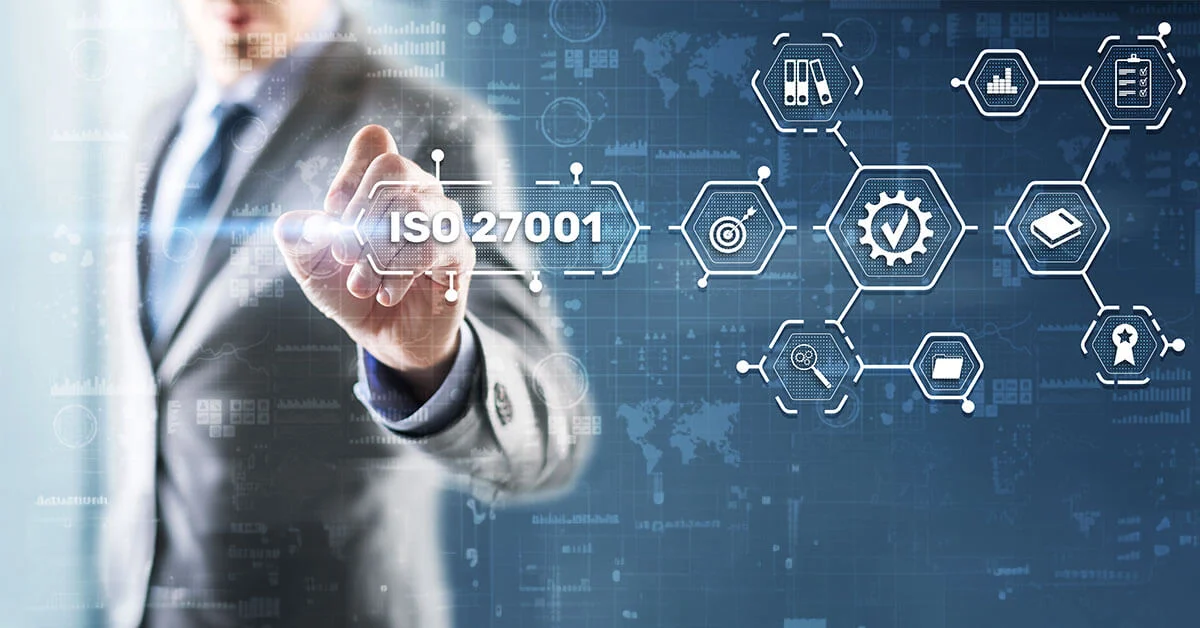
Synergising Security and Safety: The Rising Importance of Integrated Internal Audits for ISO 27001 and ISO 45001 in Australian Organisations
In the context of Australian businesses, risks are increasingly multifaceted and interlinked. Security and occupational health and safety cannot be considered as two independent realms separately. Unlike the traditional approach to workplace safety, Australian companies now have to consider the convergence of cyber risks with physical safety threats. This crosspollination not only applies to internal audits for ISOs 27001 and 45001, but also is broader in scope. Australian companies are shifting towards combined internal audits, which lead to greater efficiency, better compliance, and identification of risks at all levels.
1. Integration Fosters Comprehensive Understanding
ISO 27001 and ISO 45001 internal audits differ in scope, but share many common audit principles, such as risk evaluation, process-centric approach, and continuous enhancement, alongside management review. The divergence stems from overly compartmentalized team structures. As a result, crucial elements of chance encounter paradigm are lost. Duplicate efforts, contradicting conclusions, and oversimplified risk mitigation are the outcome of such compartmentalization. The growing comprehension of needing aligned audits for these standards is welcomed. With the latter approach, resources and time saved are remarkable. Besides, important interrelationships are exposed, like in case an IT system that supports safety operational functions fails, or security flaws that may allow unauthorized personnel to access systems containing sensitive information and subsequently disclose protected data.
2. A Risk-Based, Holistic Audit Framework
Risk management underpins both ISO 27001 and ISO 45001. Integrated internal audits from Australian organisations are taking advantage of a unified risk framework encompassing cybersecurity and workplace dangers. Evaluators apply common criteria for likelihood and impact on organisational spectrum risks ranging from data privacy phishing attacks to machinery safety and ergonomic care. This comprehensive risk register augments audit scoping enabling critical threats towards information security and employee wellbeing to be prioritised. Audit plans can be aligned to shared risk registers to provide organizations comprehensive visibility of the threats that drive gaps.
3. Leveraging Technology to Enhance Audit Efficiency
In the Australian context, technology plays an important role in carrying out integrated audits, especially in multi-site and multi-division organizations. Digital audit management tools streamline the organization of group audits for ISO 27001 and ISO 45001 controls regarding checklist creation, evidence gathering, and reporting. Audit teams also have access to real-time dashboards which tracks monitoring of nonconformances, corrective actions, and managed risks in both domains. This approach diminishes administrative burden, speeds up resolution, and provides executives with Insight information which enhances decision.
4. Cultural Integration with Cross-Disciplinary Skills
The effective integration seems to rely not only on processes but people as well. For internal auditors to effectively detect risks across domains, specific competencies in information security and occupational safety and health are needed. There is a trend in Australian organizations to either cross train internal audit teams or to integrate them with subject matter experts. Such an approach improves the audit multidisciplinary quality because the contextualization of the audit findings and the recommendations will be relevant and practical. In addition, it helps promote a shared understanding that information security and workplace safety are integrated elements of organizational resilience.
5. Building Confidence of Stakeholders whilst Complying with Regulations
Integrated internal audits serve as a warning to stakeholders that risk is being managed holistically, which is appreciated by most regulators, customers, and partners. In finance, healthcare, and manufacturing industries, where sensitive information regarding data protection and occupational safety and health is highly controlled, management systems are being audited and certified. Australian businesses that are able to issue consolidated audit reports in which the effectiveness of controls for ISO 27001 and ISO 45001 are integrated will be viewed as compliant with regulations, less annoyed by audits, and more trusted by stakeholders when risk assurance is offered.
6. Driving Continuous Improvement Through Combined Insights
The internal audit’s most integrated improvement represents the most profound benefit of an audit – driving continuous improvement through synergy. An audit’s findings in one area call attention to vulnerabilities or opportunities in another domain. For instance, an ISO 27001 audit may reveal gaps within remote access controls that are security concerns for field workers using connected devices. By using these insights, organisations can implement integrated corrective action plans, optimally allocate resources, and govern more effectively. The information cycle becomes more integrated, and maturity in both information security systems and occupational health systems increases rapidly.
7. Preparing for New Risks and Challenges
The risk landscape in Australia continues to change rapidly with the onset of new dangers like cyber-physical attacks, hybrid work models, and climate-influenced hazards. Integrated internal audits help organisations prepare and respond to these complicated risks in a timely manner. Incorporating forward-looking risk scenarios into audit programmes allows organisations to test their preparedness and adapt holistic management systems as needed. This level of adaptability is critical in maintaining compliance and enduring challenges in an environment where risks that are digital and physical merge.
Conclusion
The Australian organizations intending to develop future-ready, resilient operations will benefit strategically from integrated internal audits for ISO 27001 and ISO 45001. By dismantling silos, integrating risk models, utilizing technology, and promoting interdisciplinary collaboration, organizations can enhance risk exposure, improve audit processes, as well as foster and deepen ongoing improvement. This single-audit model helps respond to emerging regulatory demands, while at the same time enabling businesses to protect their information assets, personnel, and prepare for long-term success amidst an intricate world of risks.
